Chordata
Olfactores
Verbrata
Gnathostomata
Osteicthyes
Sarcopterygii
Tetrapoda
Amniota
Synapsidia
Eupelycosauria
Sphenacodontia
Sphenacodontidae
Sphenacodontinae
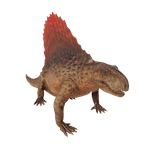
Dimetrodon
Therapsida
chainosauria
Dicynodontia
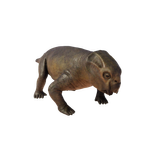
Lystrosaurus
Sauropsida
Eureptilla
Romeriida
Diapsida
Neodiapsida
Sauria
Archelosauria
Archosauromorpha
Crocopoda
Archosauriformes
Eucrocopoda
Avematatarsalia
Ornithodira
Dinosauromorpha
Dinosauriformes
Dracohors
Dinosauria
Saurischia
Eusaurischia
Theropoda
Neotheropoda
Averostra
Tetanurae
Avetheropoda
Coelosauria
Tyrannoiraptora
Maniraptoriformes
Maniraptoria
Pennraptora
Paraves
Eumaniraptoria
Deinonychosauria
Troodontidae
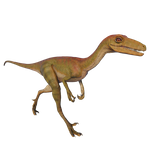
Troodon
Dromeosauridae
Eudromeosauridae
Velociraptorinae

Velociraptor

Deinonychus
Dromaeosaurinae
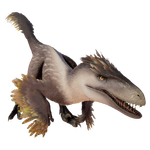
Utahraptor
Saurornitholestinae
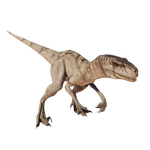
Atrociraptor
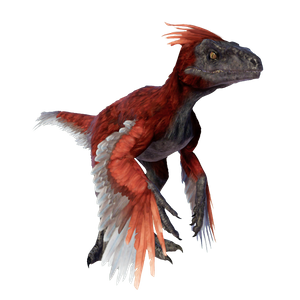
Pyroraptor
Oviraptorosauria
Caenagnathoidea
Oviraptoridae
Oviraptorinae
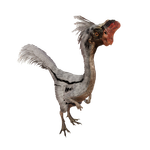
Oviraptor
Caegnathidae

Gigantoraptor
Therizinosauria
Therizinosauroidea
Therizinosauridae
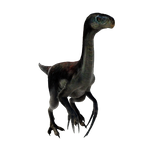
Therizinosaurus
Ornithomimosauria
Macrocheriformes
Deinocheridae
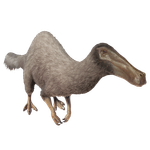
Deinocherius
Ornithomimidae
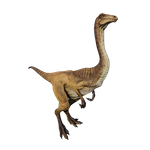
Gallimimus
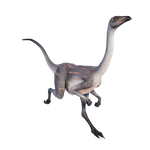
Struthiomimus
Garudimimidae
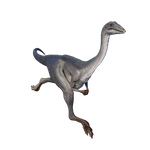
Archaeornithomimus
Tyrannosauroidea
Pantyrannosauria
Eutyrannosauria
Tyrannosauridae
Tyrannosaurinae
Tyrannosaurini
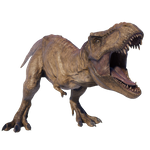
Tyrannosaurus

Tarbosaurus
Alioramini
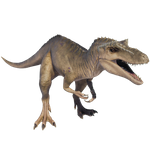
Qianzhousaurus
Albertosaurinae
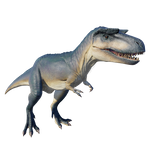
Albertosaurus
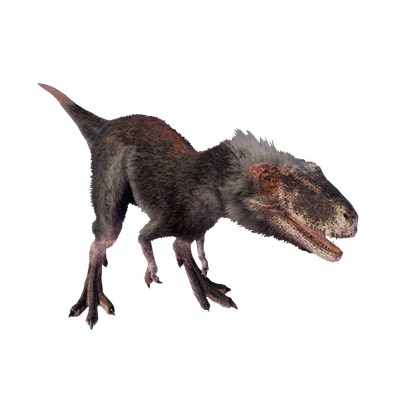
Moros
Proceratosauridae
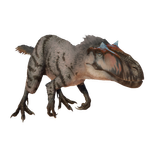
Yutyrannus
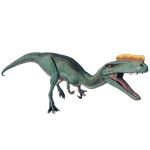
Proceratosaurus
Compsognathidae
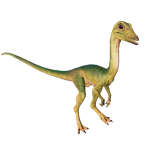
Compsognathus
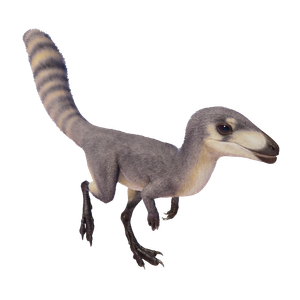
Sinosauropteryx
Megaraptora
Megaraptoridae

Australovenator
Carnosauria
Spinosauridae
Spinosaurinae

Spinosaurus
Baryonchinae
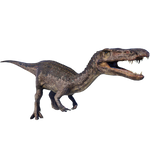
Baryonyx
Ceratosuchopsini

Suchomimus
Megalosauridae

Megalosaurus
Allosauroidea
Allosauria
Carcharodontosauria
Carcharodontosauridae
Carcharodontosaurinae
Giganotosaurini

Giganotosaurus

Carcharodontosaurus
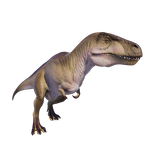
Acrocanthosaurus
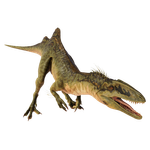
Concavenator
Allosauridae

Allosaurus
Metriacanthosauridae
Metriacanthosaurinae

Metriacanthosaurus
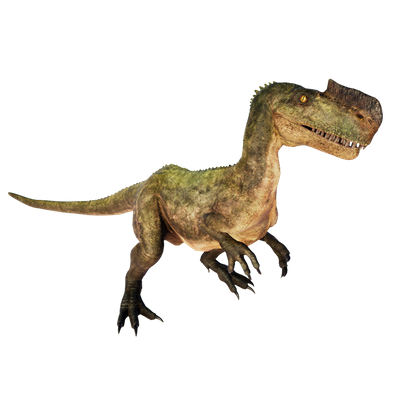
Monolophosaurus
Ceratosauria
Neoceratosauria
Abelisauroidea
Abelisauridae
Carnotaurinae
Brachyrostra
Carnotaurini

Carnotaurus
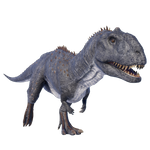
Majungasaurus
Ceratosauridae
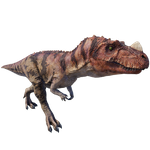
Ceratosaurus
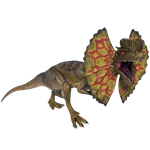
Dilophosaurus
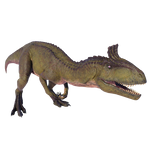
Cryolophosaurus
Coelphysoidea
Coelophysisidae
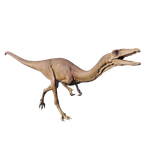
Coelphysis
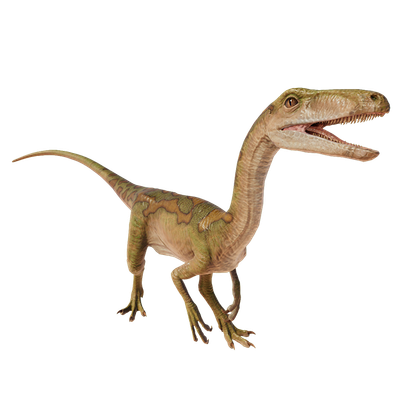
Segisaurus
Sauropodomorpha
Bagualosauria
Massopoda
Sauripodoformes
Sauropoda
Eusauropoda
Neosauropoda
Macronaria
Titanosauriformes
Titanosauria
Eutitanosauria
Saltasauroidea
Saltasauridae
Opisthocoelicaudiinae

Alamosaurus
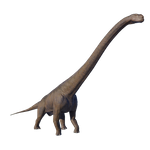
Dreadnoughtus
Brachiosauridae
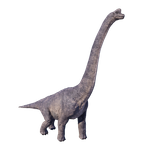
Brachiosaurus
Camarasauridae

Camarasaurus
Diplodocoidea
Diplodocidae
Diplodocinae
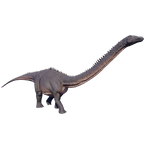
Diplodocus
Apatosaurinae
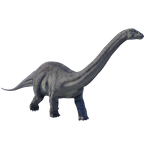
Apatosaurus
Dicraesauridae

Amargasaurus
Rebbachisauridae
Nigersaurinae
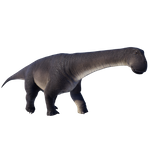
Nigersaurus
Mamenchisauridae
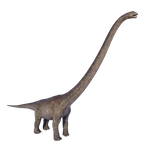
Mamenchisaurus
Herrerasauridae
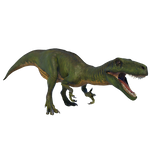
Herrerasaurus
Chimeridae
Eoindominae
Indominini
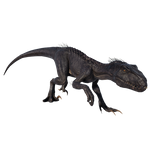
Indoraptor
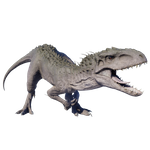
Indominus Rex
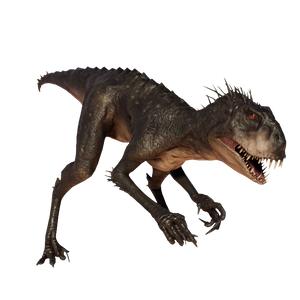
Scorpios Rex
Chimerispinoidea
Diplodocus x Ankylosaurus
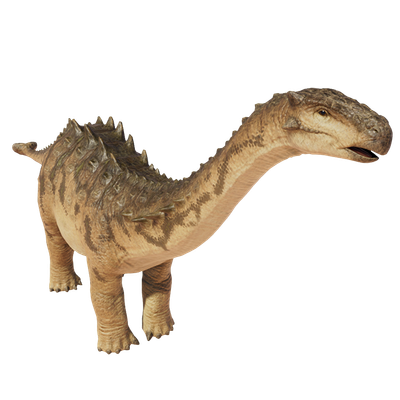
Ankylodocus
Spinosaurus x Velociraptor
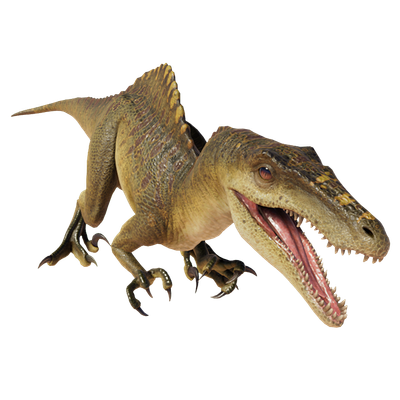
Spinoraptor
Spinosaurus x Sinoceratops
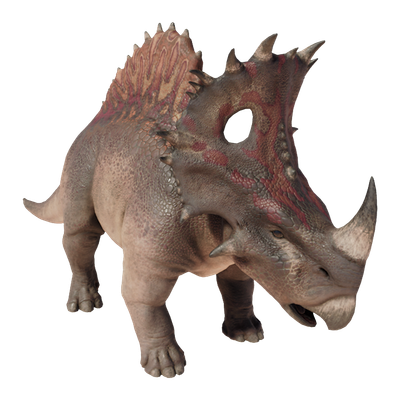
Spinoceratops
Stegosaurus x Triceratops
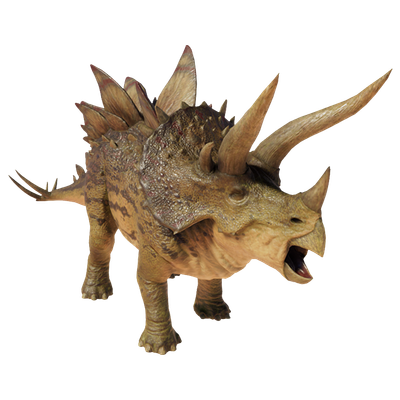
Stegoceratops
Ornithschia
Genesauria
Neoornithischia
Cerapoda
Marginocephalia
Ceratopsia
Neoceratopsia
Coronosauria
Ceratopsoidea
Ceratopsidae
Chasmosaurinae
Triceratopsini
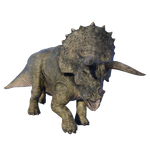
Triceratops
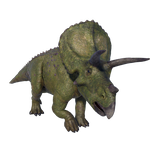
Torosaurus
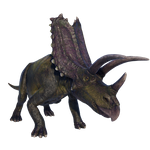
Pentaceratops
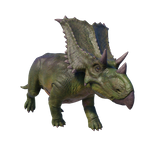
Chasmosaurus
Centrosaurinae
Eucentrosaura
Pachyrhinosaurini
Pachyrostra

Pachyrhinosaurus
Centrosaurini
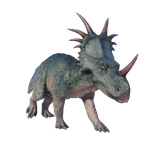
Styracosaurus
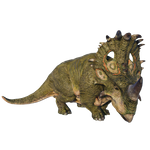
Sinoceratops
Nasutoceratopsini

Nasutoceratops
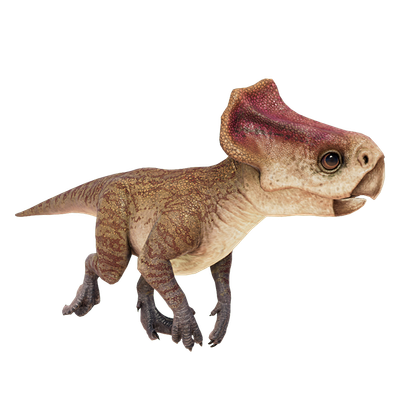
Microceratus
Pachycephalosauria
Pachycephalosauridae
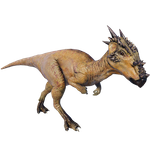
Dracorex

Pachycephalosaurus
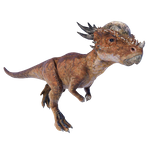
Stygimoloch

Homalocephale
Ornithopoda
Iguanodontia
Dryomorpha
Ankylopollexia
Styracosterna
Hadrosauroidea
Hadrosauromorpha
Hadrosauridae
Saurolophoidae
Saurolophinae
Edmontosaurini

Edmontosaurus
Brachylophosaurini
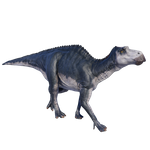
Maiasaura
Lambeosaurinae
Lambeosaurini
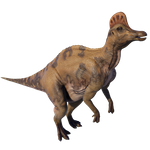
Corythosaurus
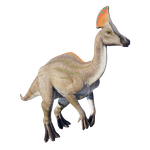
Olorotitan
Parasaurolophini
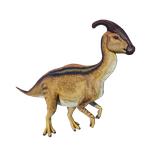
Parasaurolophus
Tsintaosaurini

Tsintaosaurus
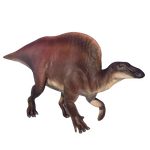
Ouranosaurus

Iguanodon
Dryosauridae
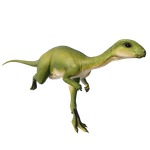
Dryosaurus
Rhabdodontomorpha
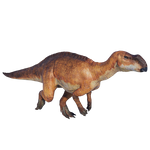
Muttaburrasaurus
Thyreophora
Ankylosauria
Ankylosauridae
Ankylosaurinae
Ankylosaurini

Euoplocephalus
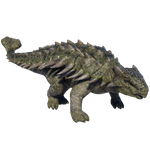
Ankylosaurus

Crichtonosaurus
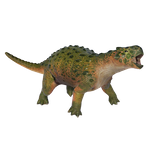
Minmi
Nodosauridae

Sauropelta
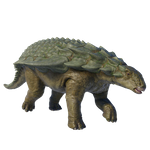
Nodosaurus
Polacanthinae

Polacanthus
Stegosauria
Stegosauridae
Stegosaurinae
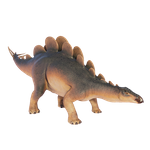
Wuerhosaurus
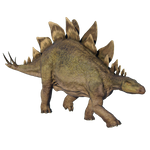
Stegosaurus

Kentrosaurus

Gigantspinosaurus
Huayangosauridae
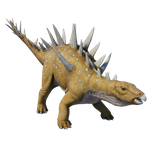
Chungkingosaurus
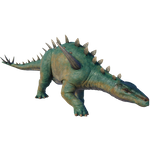
Huayangosaurus
Pterosauria
Macronychoptera
Novialoidea
Breviquartossa
Pterodactylomorpha
Monofenestrata
Pterodactyliformes
Caelidracones
Pterodactyloidea
Lophocratia
Eupterodactyloidea
Ornithocheiroidea
Pteranodontoidea
Ornithocheriomorpha
Lancedontia
Anhangueria
Ornithocheirae
Ornithocheridae

Tropeognathus
Anhangueridae

Maaradactylus
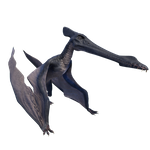
Cearadactylus
Pteranodontia
Pteranodontidae
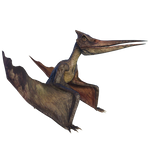
Pteranodon
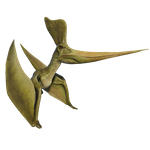
Geosternbergia
Nyctosauromorpha
Aponyctosauria
Nyctosauridae

Barbaridactylus
Tapejaroidea
Azhdarchoidea
Azdarchomorpha
Azdarchidae
Quetzalcoatlinae
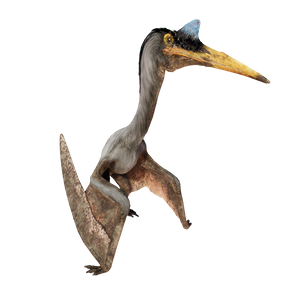
Quetzalcoatlus

Thanatosdrakon
Tapejaraomorpha
Tapejaridae
Tapejarinae
Tapejarini

Tapejara
Dsungaripteridae
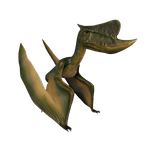
Dsungaripterus
Anurognathidae
Anurognathinae
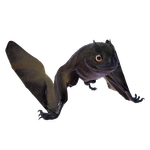
Jeholopterus
Dimorphodontoidea

Dimorphodon
Testudines
Cryptodira
Protostegidae
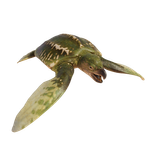
Archelon
Sauropterygia
Eosauropterygia
Pistosauria
Plesiosauria
Pilosauridae
Plesiosauroidea
Cryptoclida
Xenopsaria
Elasmosauridae
Euelasmosaurida
Elasmosaurinae

Styxosaurus

Elasmosaurus

Plesiosaurus
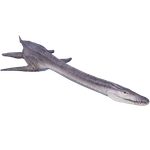
Attenborosaurus
Thalassophonea
Brauchaucheninae
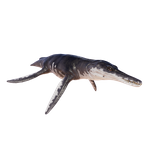
Kronosaurus
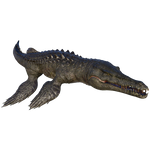
Liopleurodon
Nothosauroidea
Nothosauria
Nothosauridae
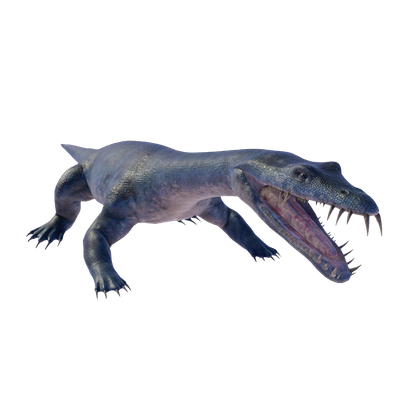
Nothosaurus
Lepidosauromorpha
Lepidosauria
Squamata
Toxiofera
Anguimorpha
Paleoanguimorpha
Varanidae
Mososauroidea
Mososauridae
Mososaurinae
Mosasaurini

Mosasaurus
Tylosaurinae

Tylosaurus
Icthyosauromorpha
Icthyosauriformes
Icthyoterygia
Eoicthyosauria
Icthyosauria
Merramiosauria
Euicthyosauria
Parvipelvia
Thunnosauria
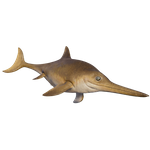
Icthyosaurus
Shatasauridae
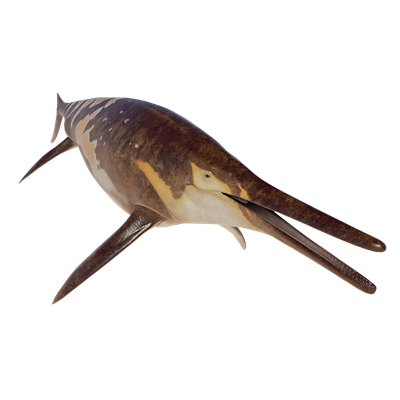
Shonisaurus
Placodermi
Arthrodira
Eubrachythoraci
Pachyosteomorphi
Dunkleosteoidea

Dunkleosteus
Subtopic
Chondrichthyes
Elasmobranchii
Selachimorpha
Lamniformes
Otodontidae
Otodus
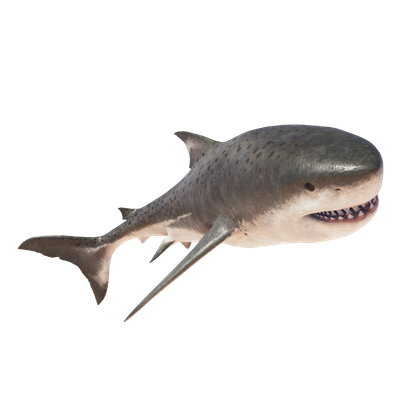
O. megalodon